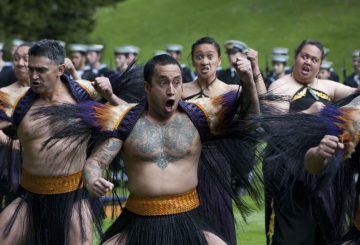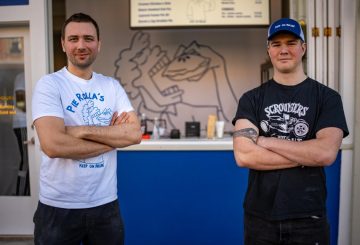Komisaris Polisi akan pergi untuk menjadi kepala Badan Investasi Sosif. Menteri Keuangan Nicola Willis memiliki minat yang kuat pada Badan ini, yang bertujuan untuk membantu orang-orang rentan di masyarakat. Pemerintah awalnya menyediakan dana untuk Badan, tetapi metode dan ukuran dana masih belum jelas.
Badan Investasi Sosif menggunakan data dan bukti untuk menemukan cara yang lebih baik untuk mendukung mereka yang membutuhkan, bekerja dengan organisasi lokal daripada hanya pemerintah. Willis percaya pendekatan ini adalah akal sehat, dengan menyatakan, “pencegahan lebih baik daripada mengobati.” Tujuannya adalah untuk membantu orang-orang rentan dengan intervensi dini, seperti pendidikan dan dukungan kesehatan, daripada mengandalkan bantuan pemerintah nanti.
Ide investasi sosial ini pertama kali dipromosikan oleh mantan Perdana Menteri Bill English. Dia berfokus pada statistik yang menunjukkan bahwa intervensi dini dapat meningkatkan hasil bagi anak-anak yang berisiko, mengurangi biaya pemerintah di masa depan. Misalnya, anak-anak dari rumah bermasalah seringkali lebih cenderung berjuang di sekolah, bergantung pada tunjangan, atau berakhir di penjara.
Willis menekankan bahwa investasi sosial bukan hanya tentang menghabiskan lebih banyak uang tetapi menggunakan dana saat ini secara lebih efektif untuk mencapai hasil yang lebih baik. Dia bertujuan untuk menciptakan dana untuk menguji metode baru dan meningkatkan layanan sosial. Dana ini akan dimulai dengan jumlah sederhana tahun depan tetapi dapat tumbuh seiring waktu.
Willis juga berencana untuk membentuk kelompok penasihat baru, Dewan Investasi Sosif, untuk memberikan umpan balik dan saran tetapi tidak untuk membuat kebijakan. Dewan akan memiliki antara enam hingga delapan anggota, dibayar sesuai dengan pedoman pemerintah.
Pemerintah juga menyadari perlunya penggunaan data yang bertanggung jawab dan bertujuan untuk menjaga kepercayaan publik sambil memanfaatkan data untuk membantu mereka yang membutuhkan.
Andrew Coster, Komisaris Polisi saat ini, akan segera mengambil alih Badan Investasi Sosif. Dia memandang peran baru ini sebagai kesempatan untuk berdampak positif pada masyarakat, mengatasi masalah tepat sebelum mereka meningkat menjadi masalah yang lebih besar. Sementara hubungan masa lalunya dengan beberapa politisi menantang, pemerintah saat ini memuji pekerjaannya.
Secara keseluruhan, Badan baru ini bertujuan untuk meningkatkan kehidupan melalui investasi sosial terfokus yang menguntungkan masyarakat dan pembayar pajak.





























































